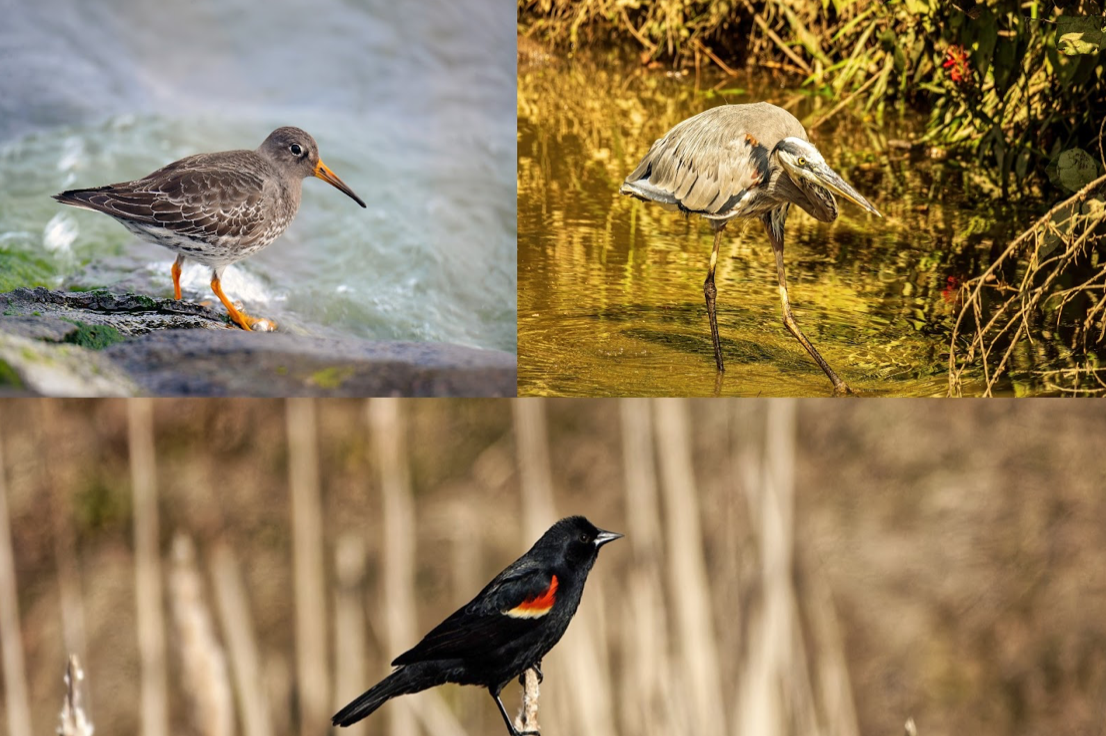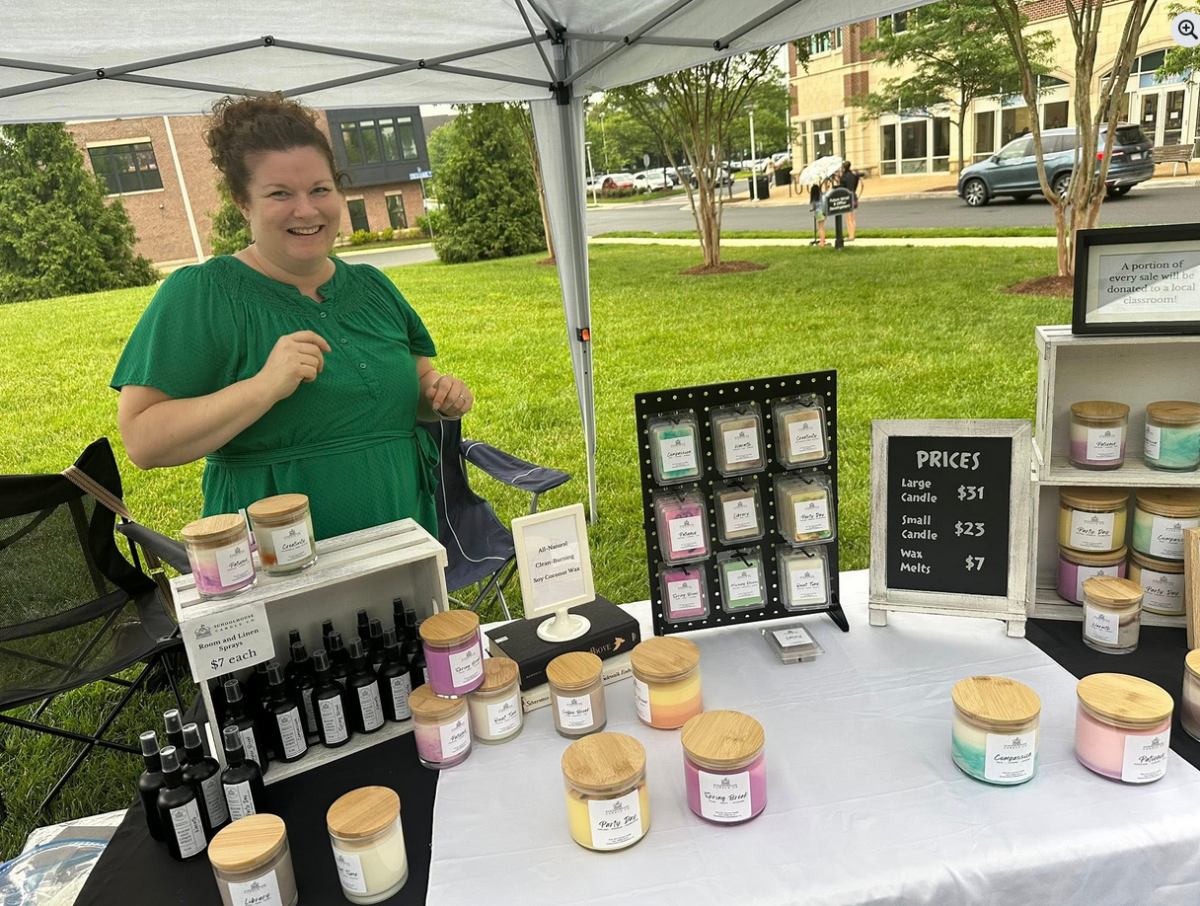Salt marshes are among the most important ecosystems on Earth. They play an important role in the aquatic food web and protect inland areas from flooding by absorbing water. They are also inhabited by many creatures: crustaceans, fish, rodents and birds, to name a few. The birds in particular are fascinating, and their unique characteristics clearly display the natural wonder not far from many coastal cities. Three birds in particular, all a common sight in many coastal areas of North America, demonstrate this well.
Spotted Sandpiper
Spotted sandpipers are characterized by their relatively small size, and long, thin beaks and legs. They can often be seen wandering alone along shallow streams and shorelines in marshes, searching for small fish and invertebrates to catch and eat with their long beaks. They can also fly, looking somewhat like a small, brown gull as they do. Additionally, they swap the traditional gender roles of most bird species; the males care for the young and the females focus on acquiring food and defending territory.
Red-Winged Blackbird
These incredibly prolific birds can be found year round in most marshy areas of North America, including salt marshes. As with many birds, the males have a very distinctive appearance—completely black except for a large red and yellow spot on each of the wings—and the females appear more dull, being striped brown and black. They nest among reeds in marshes, so it can be difficult to see them. However, it is very easy to hear them; they are known for producing a sound which some consider obnoxious, which sounds like “conk-a-reeeee!” They are disliked by some due to this and the fact that they are incredibly aggressive during the breeding season, including toward humans.
Great Blue Heron
Contrary to their name, these large (three to four feet in height) birds are more often a gray or brown color. They are often seen standing completely still in shallow water in salt marshes, waiting for fish or rodents to come to them. When prey draws near, they use their long, powerful necks and daggerlike beaks to suddenly strike downwards into the water and catch their meals. Despite threats to coastal habitats due to climate change, these birds are incredibly resilient and adaptable and remain common in marshes throughout North America.
I have seen all of these birds in one estuary, the Harraseeket River, in my hometown in Maine. Their beauty reminds us of the wonders of the natural world that are too often easy to overlook in the bustle of daily life. All three of these birds and birds like them can also be found in inland marshes, so such an environment with its amazing creatures is most likely not far from your home as well.




